Net zero emissions by 2040:
Our road to climate neutrality
As Europe's leading parcel service, DPD and Geopost take responsibility for protecting the climate. For many years we have been investing in effective measures to reduce our greenhouse gas emissions. Now we are accelerating and intensifying these efforts: we aim to achieve net zero emissions by 2040.
More eco-friendly logistics - since 2012
Our efforts to achieve greater sustainability in parcel logistics have a long tradition. We are convinced that change can be achieved - not overnight, but with consistency. In every single year since 2012 we have been able to achieve significant successes through many steps, both large and small.
Some milestones of recent years
-
Electric delivery vehicles
Our initiative to deliver parcels using tow-emission modes of transport in 350 European cities has increased the demand tor electric delivery vehicles -
Emissions
Between 2021and 2022 we were able to reduce absolute emissions by6.5 per cent on 2020 levels -
Delivery in cities
We are already providing tow-emission deliveries in 102 cities -
Air quality
We monitor air quality in 28 cities
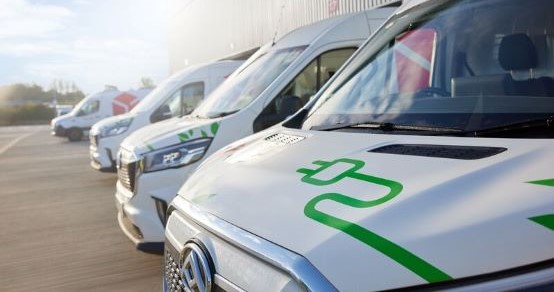
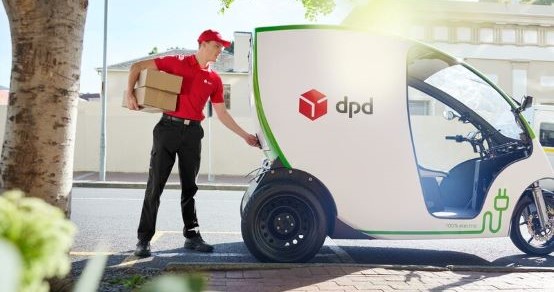
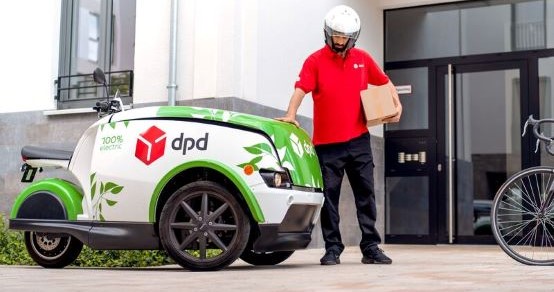
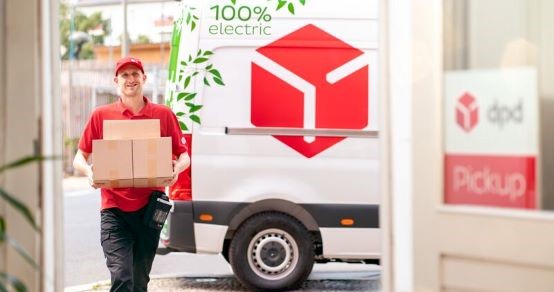
Some milestones of recent years
Electric delivery vehicles
Our initiative to deliver parcels using tow-emission modes of transport in 350 European cities has increased the demand tor electric delivery vehicles

Emissions
Between 2021and 2022 we were able to reduce absolute emissions by6.5 per cent on 2020 levels

Delivery in cities
We are already providing tow-emission deliveries in 102 cities

Air quality
We monitor air quality in 28 cities

This is our goal: net zero emissions by 2040
1 January 2024 marks a clear turning point for even more and even further-reaching climate protection in our industry: we are setting a new course and committing to reducing greenhouse gas emissions throughout our entire supply chain to zero by 2040. We will achieve this target in two steps.
43 per cent less CO2 by 2030
Geopost's short-term goal is to reduce CO2 emissions by 43 per cent on 2020 levels by 2030. This will be achieved through the targeted reduction of all emissions generated directly (e.g. through transport) and indirectly (e.g. through the increased purchase of renewable energies).
90 per cent lessCO2 by 2040
To achieve its net zero target, by 2040 Geopost will reduce its emissions by 90 per cent on 2020 levels. The remaining 10 per cent at most will be offset by targeted projects to bind CO2, such as reforestation.
This is how we aim to achieve our net zero target
-
Electrification of the delivery fleet on the first and last mile
We will increase the proportion of emission-free transport solutions to 85 per cent by 2030.The target is 100 per cent by 2035 -
Diversification of the long-distance transport fleet
ln long distance transport, we are increasingly focusing on trucks with low-emission technologies. For example, we are using more trucks powered by biogas, biofuel hydrogen or electricity. We are also shifting more freight from road rail The proportion of alternative transport solutions in tong-distance shipping is set to increase to 50 per cent by 2030.and to reach 100 per cent by 2040 -
Switching to renewable energies and Increasing energy efficiency at our locations
By 2030, at least 70 per cent of our office and logistics facilities are to be supplied with energy from renewable sources. By 2035 the target is 100 per cent. -
Electrification of the company car and shunting vehicle fleet
90 percent of our company cars and internal shunting vehicles are to be electric by2030. Five years later, it should be 100 percent.
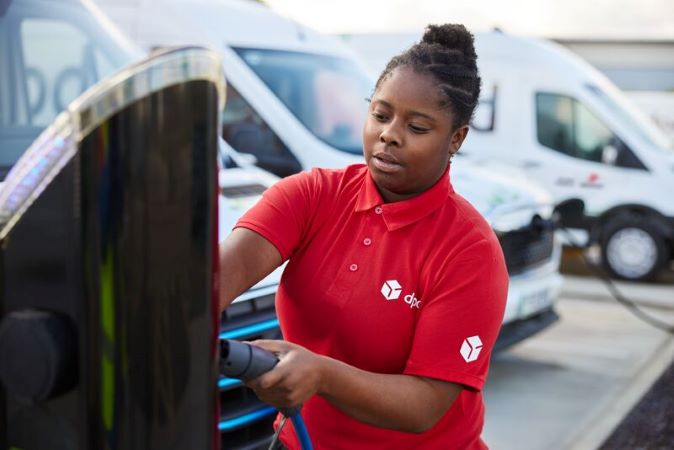
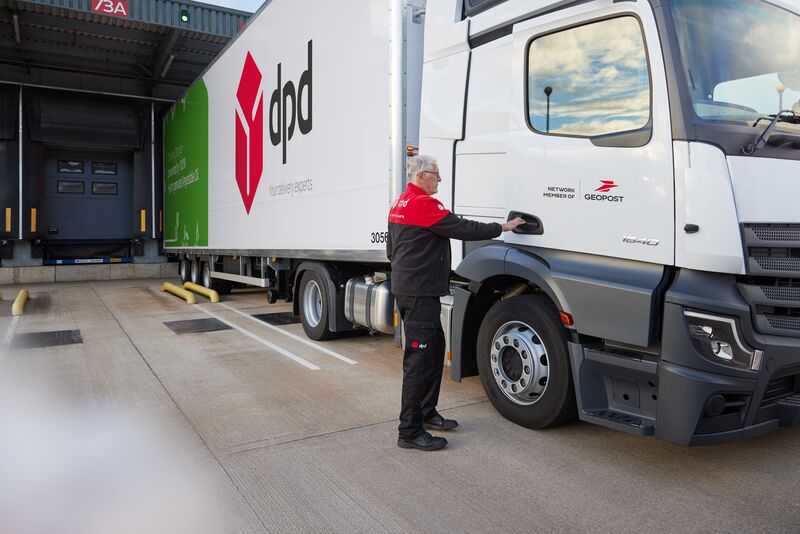
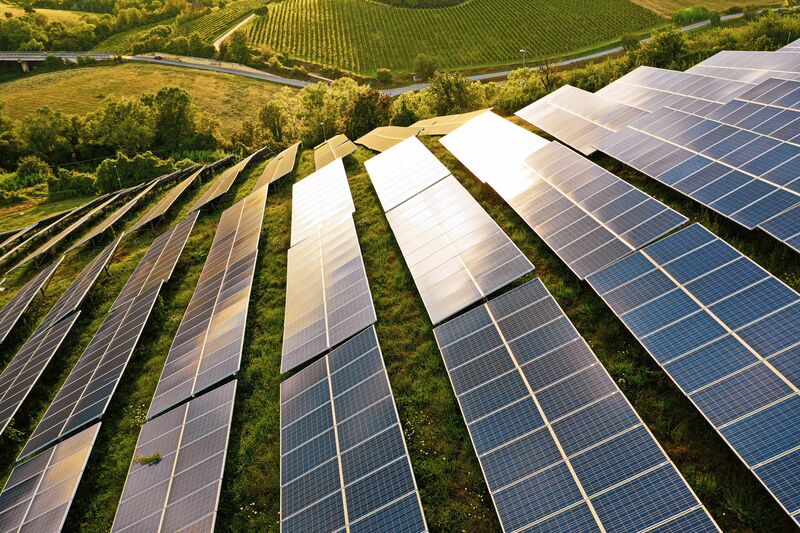
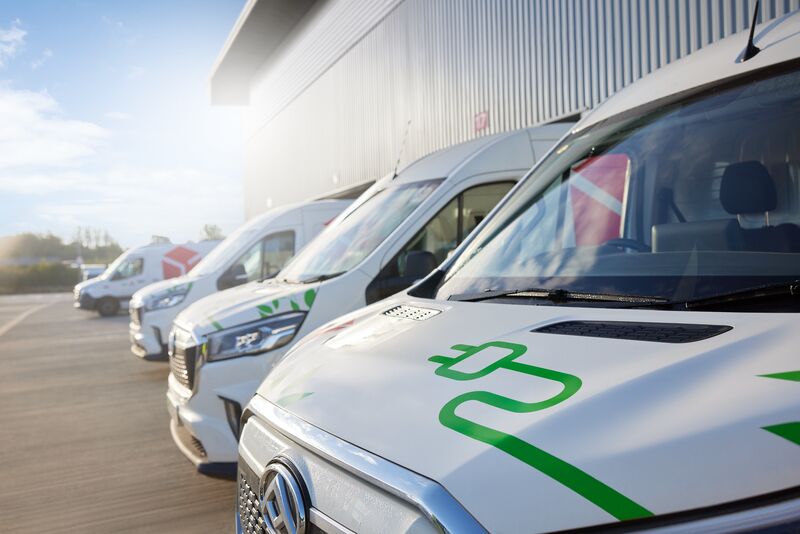
This is how we aim to achieve our net zero target
Electrification of the delivery fleet on the first and last mile
We will increase the proportion of emission-free transport solutions to 85 per cent by 2030.The target is 100 per cent by 2035

Diversification of the long-distance transport fleet
ln long distance transport, we are increasingly focusing on trucks with low-emission technologies. For example, we are using more trucks powered by biogas, biofuel hydrogen or electricity. We are also shifting more freight from road rail The proportion of alternative transport solutions in tong-distance shipping is set to increase to 50 per cent by 2030.and to reach 100 per cent by 2040

Switching to renewable energies and Increasing energy efficiency at our locations
By 2030, at least 70 per cent of our office and logistics facilities are to be supplied with energy from renewable sources. By 2035 the target is 100 per cent.

Electrification of the company car and shunting vehicle fleet
90 percent of our company cars and internal shunting vehicles are to be electric by2030. Five years later, it should be 100 percent.

Our targets are scientifically based and verifiably achievable
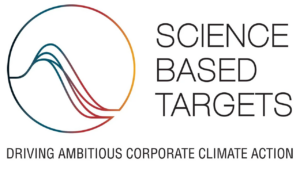

Geopost is the first global parcel service provider to have its short-term and long-term greenhouse gas emission reduction targets reviewed, analysed and approved by the prestigious Science Based Targets Initiative (SBTi). The SBTi certificate independently confirms that we can achieve net zero emissions by 2040. This paves the way for us to continue to demonstrate our pioneering spirit in the field of sustainability throughout the industry.
Our Sustainability Report 2023
Find out more in our Sustainability Report.



